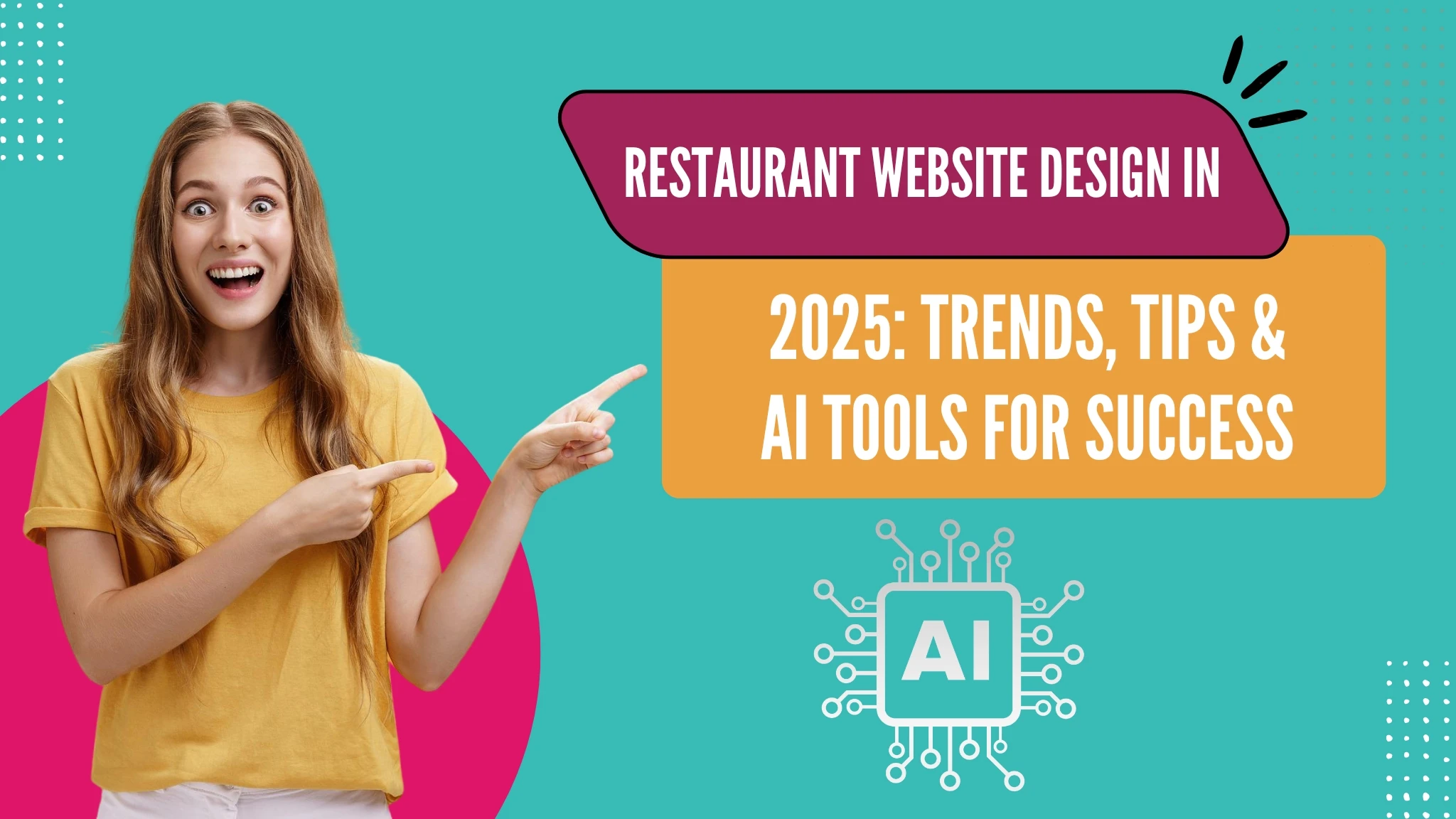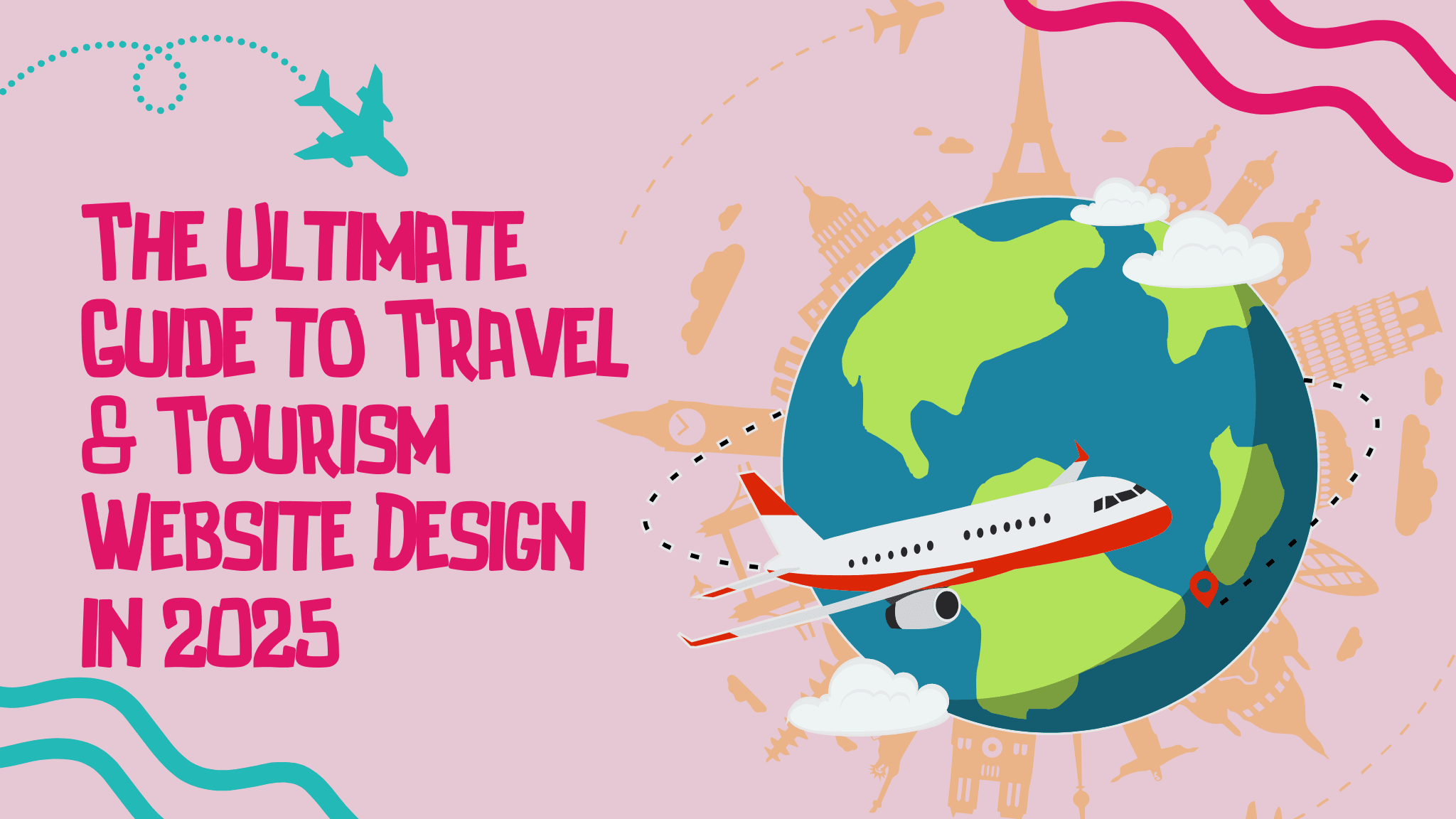Key Takeaways
- AI can identify signs of mental health warnings when talking over the phone or behavioral patterns and typing before human beings realize it.
- 24/7 chatbots that offer therapy in real time offer direct help and train effective coping mechanisms.
- Constant tracking with wearables establishes personal mental health points of reference.
- Moral enforcing must consider the issue of data privacy and algorithmic bias.
- The REACH VET program used by the VA is one of the successful programs that show how AI can save lives.
Introduction
What would you have thought of having your phone pick up depression before you were able to? As the mental health demands continue to rise all over the world, artificial intelligence is developing groundbreaking solutions in cases where other conventional systems fail. According to the World Health Organization, the rate of depression in the world has surged by more than 25 percent, and there has been a gap in the treatment of this disorder, which is currently being bridged by technology.
Chatbots providing real-time assistance and AI that detects early signs of issues are transforming healthcare into both reactive and proactive approaches, respectively. It is not about substituting therapists but enhancing their powers to serve more individuals, and in a shorter period of time.
Knowledge of Artificial Intelligence in Healthcare today.
Machine learning and pattern recognition are forms of artificial intelligence in healthcare that aim to replicate the cognitive processes of the human mind. Imagine it as a high-tech trained helper, which does not sleep and constantly analyzes data to aid clinical choices. Three technologies are specifically pertinent:
- Machine Learning: Enhances its predictions by constant data analysis.
- Natural Language Processing: Natural language processing is the ability to understand and interpret human speech patterns.
- Forecast Analysis: Recognizes the possibility of health risks before they get out of control.
Technologies in health utilize nuances of behavior patterns that humans often overlook, creating new avenues for early intervention.
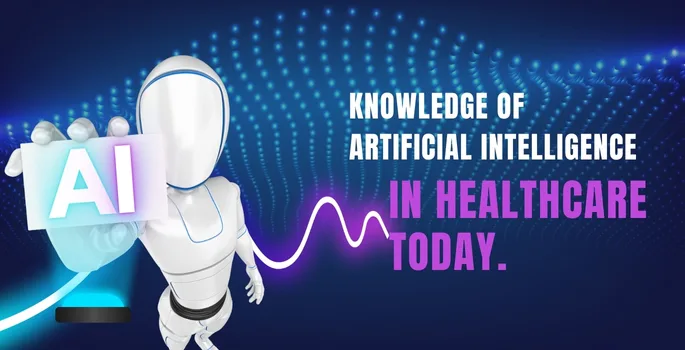
The AI application in Mental Health Diagnosis.
Conventional diagnosis is based on self-reporting by patients, whereas AI identifies objective behavioral characteristics. In my experience with digital health platforms, it has been observed that these tools can detect warning signs weeks before crisis points:
- Voice Analysis: Algorithms can identify depression by detecting voice changes.
- Behavioral Monitoring: Wearables are used to measure changes in sleep and activity that are associated with reduced health.
- Keyboard Interaction: Typing and typing errors can indicate cognitive alterations.
Mental health being part of AI signifies a radical departure from subjectivity of evaluation to data-driven understanding; however, it is most effective with professional judgment.
Individualized Treatment & Therapy via AI.
The AI-powered therapy apps help someone instantly when he or she requires assistance at 2 AM. Such applications as Woebot and Wysa have proven to be worth a lot:
- 24/7 Accessibility: Cognitive behavioral access at any time.
- Personalization: Interventions are modified according to user feedback through algorithms.
- Progress Tracking: Ongoing assessment of treatment progress.
According to a study by JMIR Mental Health, frequent users of these applications demonstrated a quantifiable reduction in the symptoms of depression and anxiety, which may be very beneficial to those who are awaiting conventional therapy.
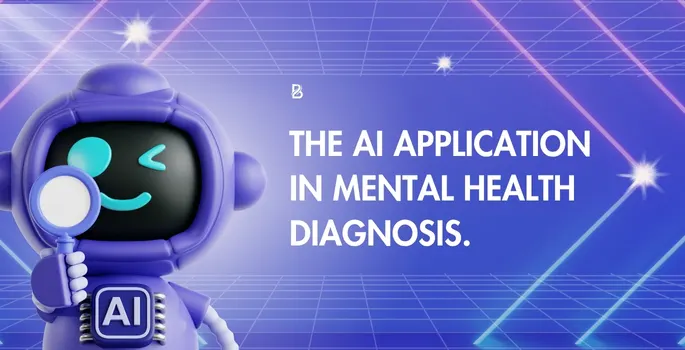
Intelligent Surveillance of Mental Health.
Your phone already collects information that can serve as inputs for mental insights generated with the help of AI. By using continuous passive monitoring, these systems:
Standardize individual behavior.
Identify significant abnormalities in patterns.
Improve early warning signs for users and providers.
The Department of Veterans Affairs in the U.S. has a comparable technology in its REACH VET program, which is used to identify the veterans who are at the highest risk of suicide and is being proactive in connecting them to support.
Moral Implications and Data Security.
Protections on the most sensitive data must be the best. As these technologies are changing, we should address the following issues:
- Information Safety: Mental health data requires bank-level encryption.
- Algorithmic Bias: Algorithms that are trained with small data sets can be inaccurate with different groups of people.
- Human Oversight: AI must be an enhancement rather than a substitution for clinical decision-making.
The implementation needs clear protocols and frequent audits to enable them to be used without being detrimental.
Real World Success Stories
The evidence comes out in quantifiable results. Outside the program of the VA, there are innovative startups that prove the possibilities of AI:
- Spring Health: AI-based matching employees with the best health resources.
- Kernel: Interprets brain data to make neurological treatments more personal.
- Mindstrong: Came up with a technology for identifying mood patterns by the use of smartphones.
These accomplishments show the ability of AI to spread care out of the traditional clinical environment.

Future of Mental Health in AI
More advanced applications are going to be introduced in the coming decade. Emerging trends include:
- Emotional AI: Tools that detect face and body language.
- VR Integration: Exposure therapy immersion.
- Digital Twins: Treatment simulation patient models.
With every new step, we move a single step closer to the goal of a really personalized healthcare website.
Conclusion
Mental health care is being transformed to become more accessible, personalized, and proactive by artificial intelligence fundamentally. The technology is most effective as a team-building tool- managing data analysis and regular monitoring and letting the clinicians get down to the therapeutic relationships. The direction is clearly moving forward, and that is to use AI’s ability, but not lose human touch, which will always be necessary in the healing process.
About the author
Popular Posts
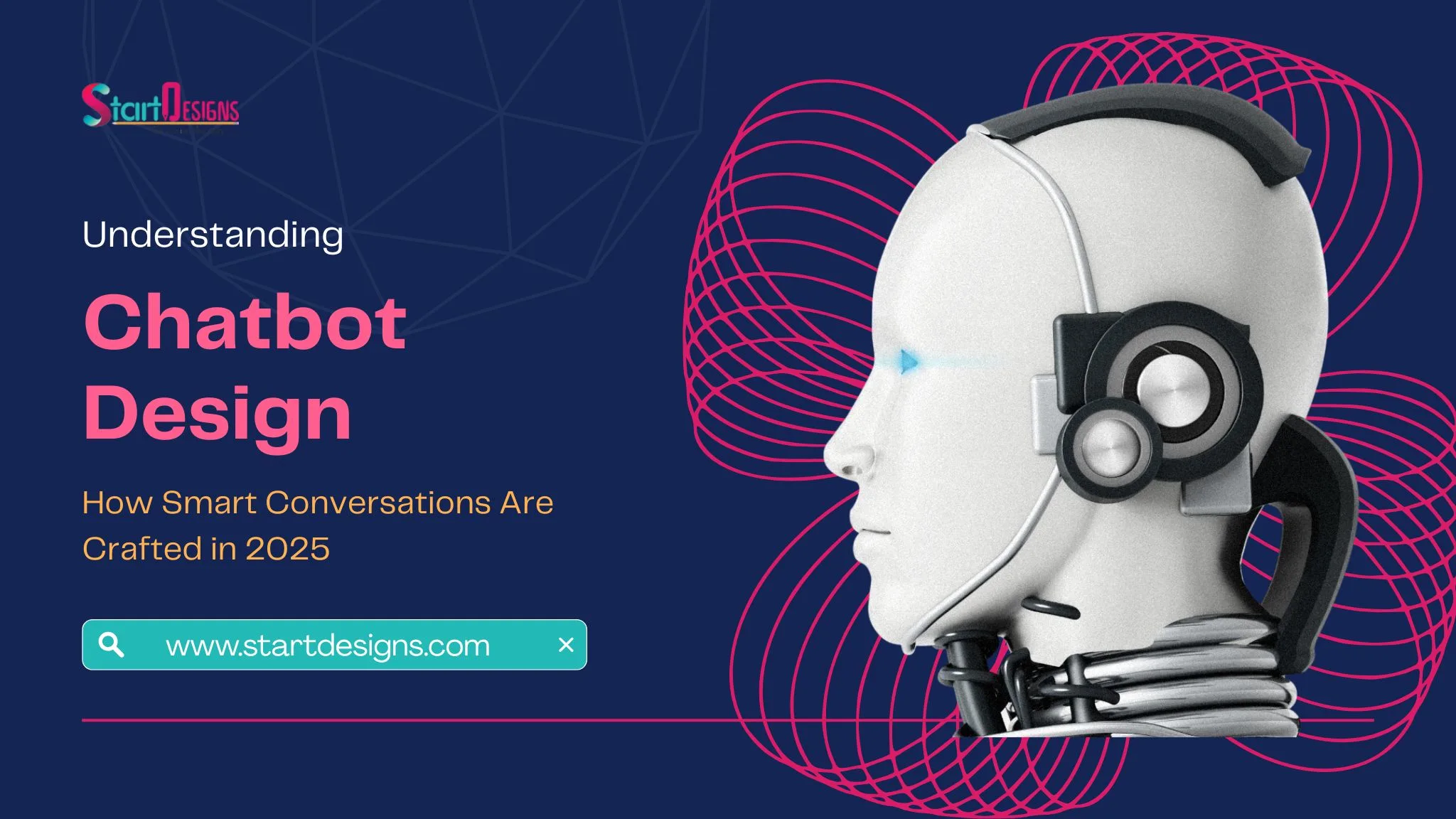
Understanding Chatbot Design: How Smart Conversations Are Crafted in 2025
November 6, 2025- 8 Min Read
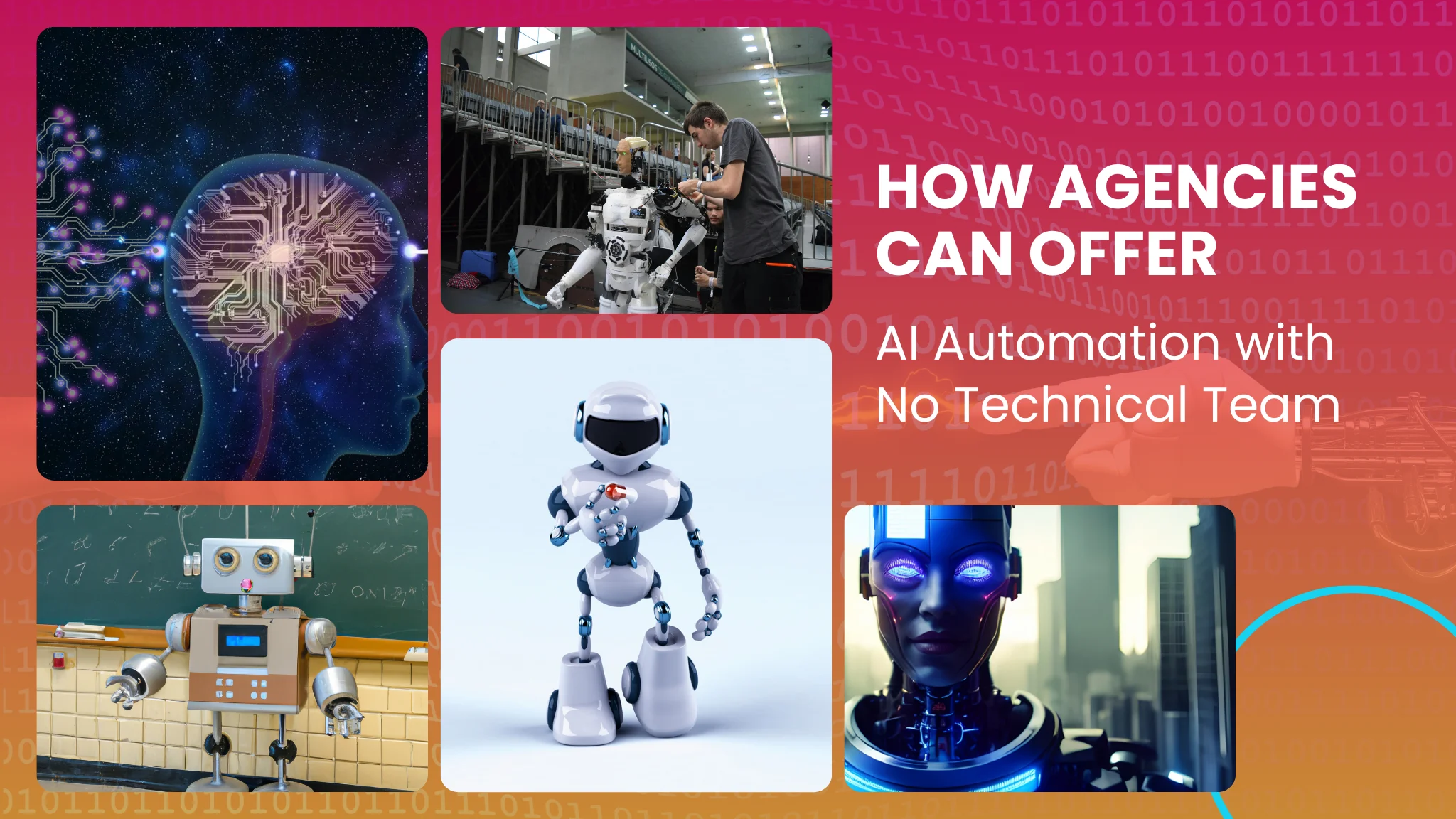
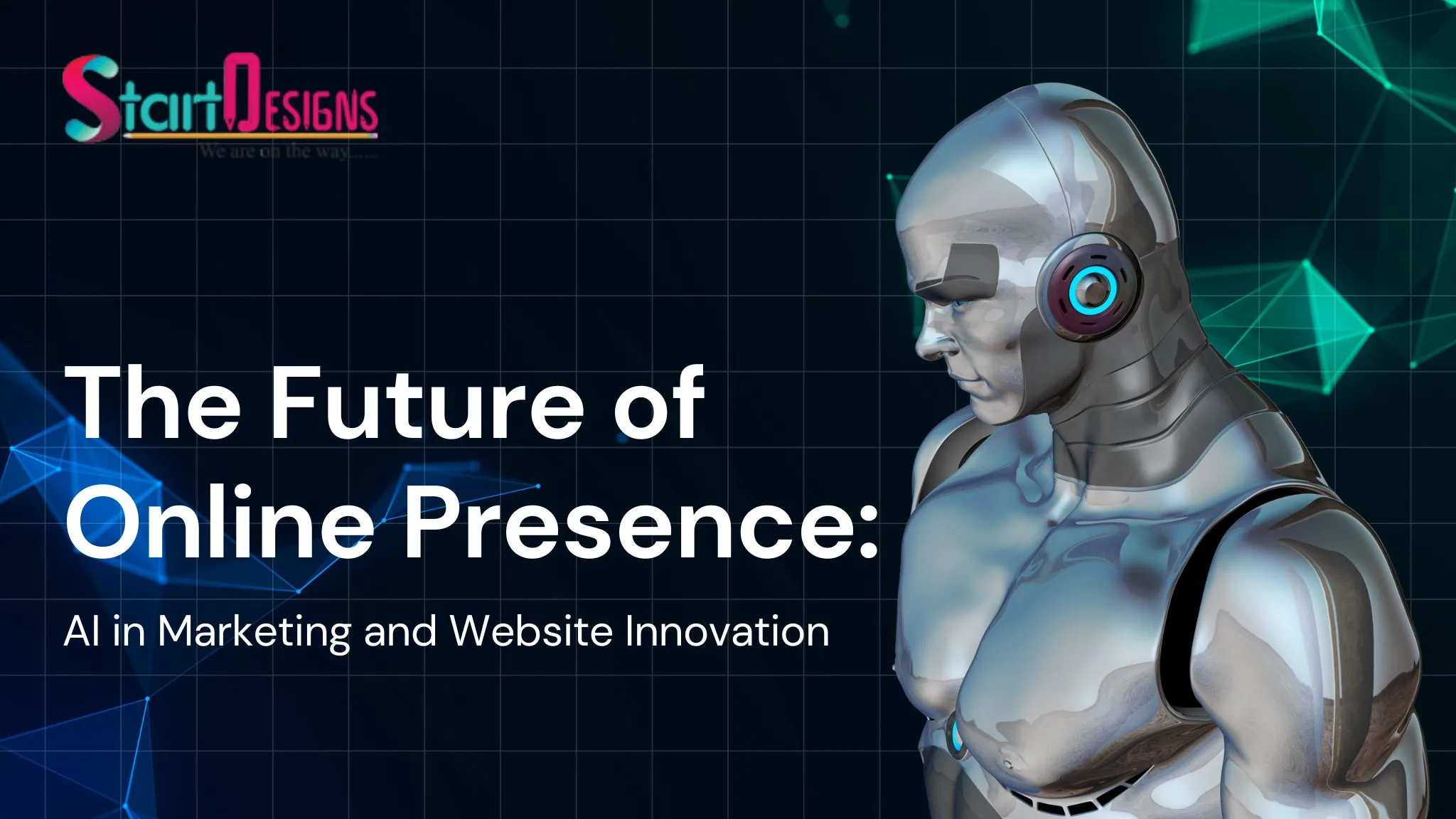
The Future of Online Presence: AI in Marketing and Website Innovation
September 25, 2025- 7 Min Read

